Travel Japan: Koyasan, Wakayama
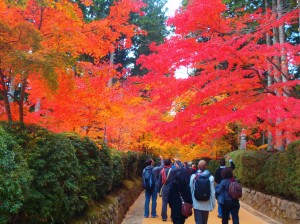 Of all of the Momiji trips I have gone on, the place that impressed me the most has to be Koya-san, Wakayama. In mid-November, 2010, I joined the Wakayama JET contingent on a weekend tour of Mt Koya (aka Koya-san), the home of Shingon Buddhism which was introduced to Japan by Kobo Daishi in the early 800’s. Mount Koya was designated as a UNESCO world heritage site in 2004.
Of all of the Momiji trips I have gone on, the place that impressed me the most has to be Koya-san, Wakayama. In mid-November, 2010, I joined the Wakayama JET contingent on a weekend tour of Mt Koya (aka Koya-san), the home of Shingon Buddhism which was introduced to Japan by Kobo Daishi in the early 800’s. Mount Koya was designated as a UNESCO world heritage site in 2004.
Our weekend began with a tour of the area, where we visited some of the main temples in the district, including Kongobuji Temple and Garan. The autumn leaves were particularly beautiful up here, especially as we didn’t have to fight the hoards of people that we would have encountered had we been in Kyoto.
We stayed at Rengejo-in, a working monastery that also offers lodging for travellers (called Shukubo). There are over 50 Shukubo in Koyasan, but I’m pretty sure we stayed at the lovliest one.
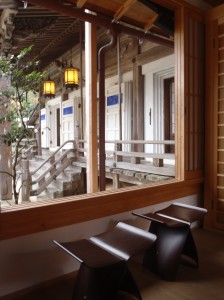 During our stay we were invited to join in the morning and evening meditations, and enjoyed traditional Buddhist vegetarian dinner and breakfast. Dinner was one of the best experiences I have had in Japan. Besides the simple and delicious food, the widow of the former temple head joined us in our meal to tell us her story of learning English in pre-WWII Japan, and the reactions of people in post-WWII Japan. Many of us have our own family stories of the war, so please go for yourself to hear about her experiences. To hear the ‘other side’ of the story was certainly a special experience for me. We were also taught how to make our own prayer bracelets, to take away as a souvenir of our experience.
During our stay we were invited to join in the morning and evening meditations, and enjoyed traditional Buddhist vegetarian dinner and breakfast. Dinner was one of the best experiences I have had in Japan. Besides the simple and delicious food, the widow of the former temple head joined us in our meal to tell us her story of learning English in pre-WWII Japan, and the reactions of people in post-WWII Japan. Many of us have our own family stories of the war, so please go for yourself to hear about her experiences. To hear the ‘other side’ of the story was certainly a special experience for me. We were also taught how to make our own prayer bracelets, to take away as a souvenir of our experience.
The second day we explored Okunoin Temple and cemetery grounds. Wanting to remain close to Kobo Daishi in death, many people, including feudal lords, had their tombstones placed here. Come here on a foggy day, and you will be surrounded by haunting beauty. Many of the tombs’ ages are unable to be determined, and it is not known for certain how many tombstones are in the grounds. Amongst the traditional, there are also many modern tombstones, including one that is shaped like a spaceship.
Access and Information
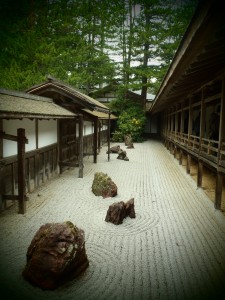 It takes around 2 hours to Koyasan Station from Osaka, changing to the Nankai line at Shinimamiya, and will set you back 1400yen. If you want to speed things up a little, you can travel via express train from Shinimamiya, which takes 82 minutes from Shinimamiya, and costs 1610 yen. From Gokurakubashi, take the Koya-san cable car to Koyasan Station. The bus must be taken from the station into the town, as the road is private and closed to pedestrians.
It takes around 2 hours to Koyasan Station from Osaka, changing to the Nankai line at Shinimamiya, and will set you back 1400yen. If you want to speed things up a little, you can travel via express train from Shinimamiya, which takes 82 minutes from Shinimamiya, and costs 1610 yen. From Gokurakubashi, take the Koya-san cable car to Koyasan Station. The bus must be taken from the station into the town, as the road is private and closed to pedestrians.- Accommodation at Rengejouin costs from 9450yen per person including 2 meals. Besides being an amazing experience, the rooms and grounds are immaculate. I never imagined that staying in a temple could be so luxurious!
- Koya-san is on average 5 degrees colder than the Kobe/Osaka area. Make sure to bring layers.
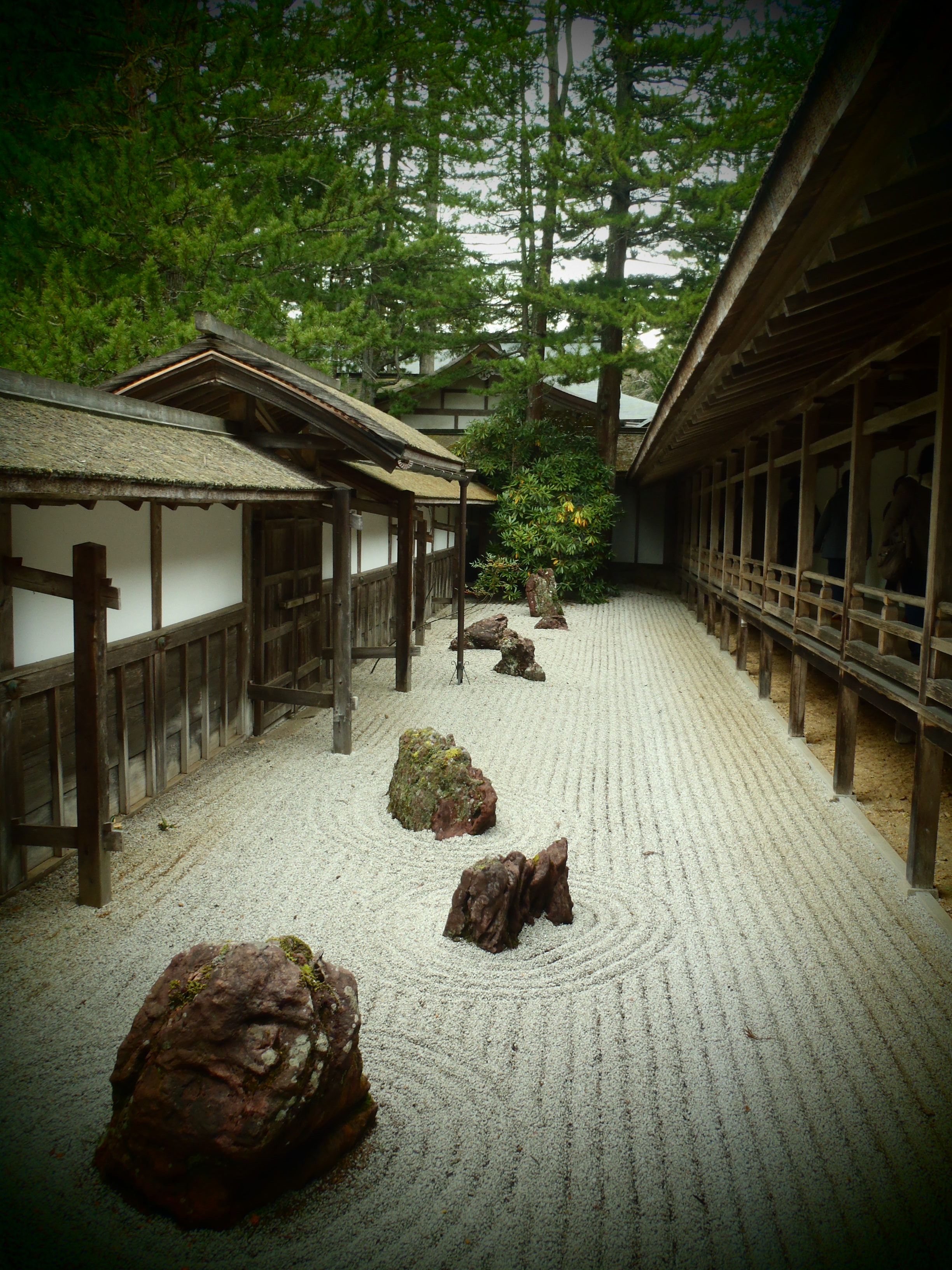
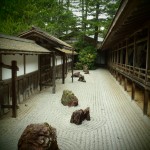
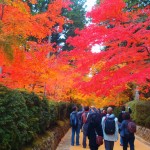
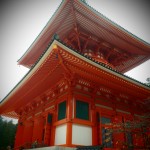
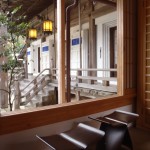
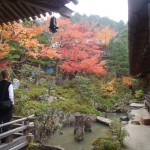
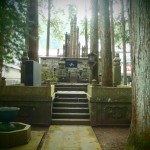
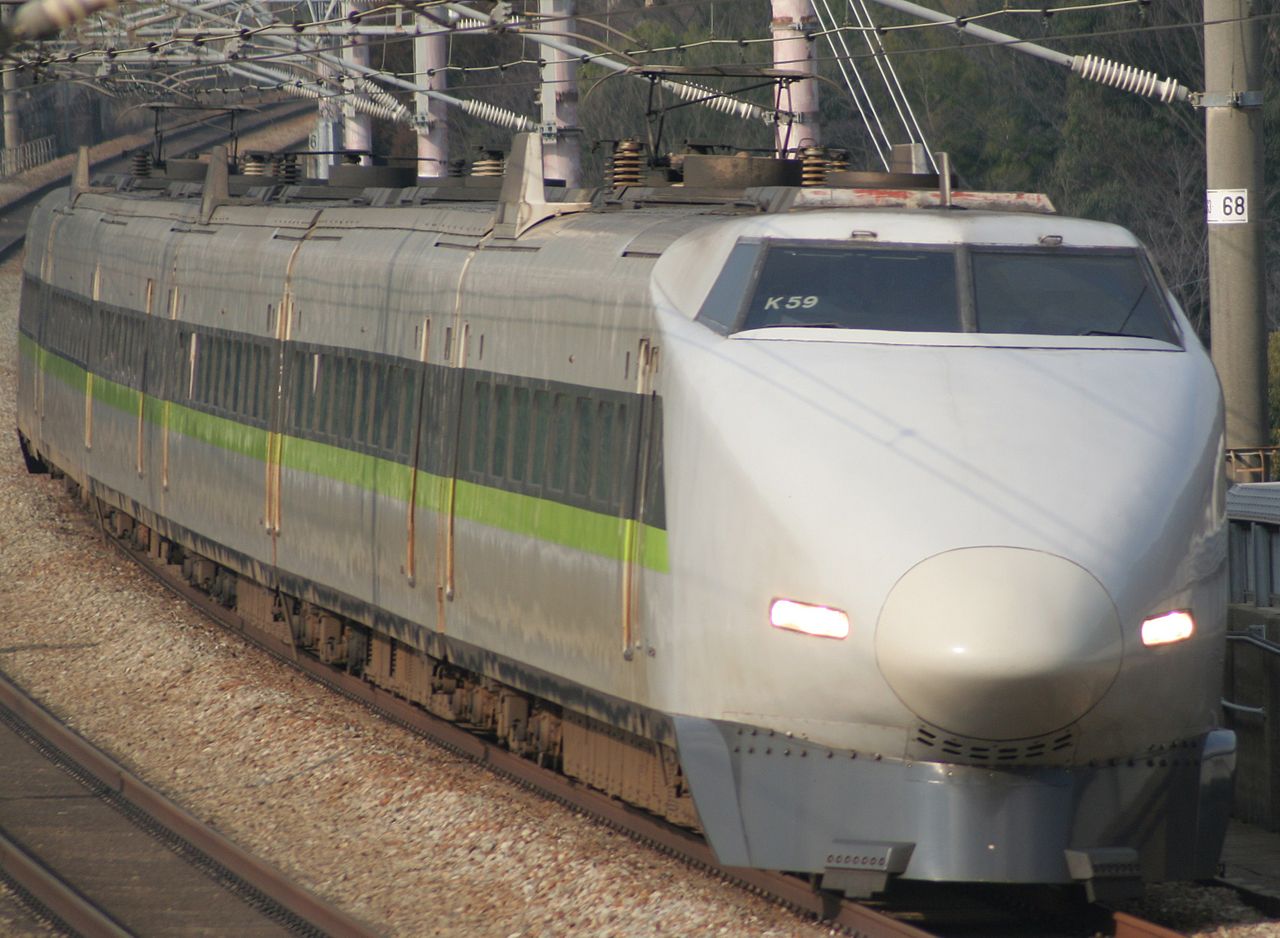
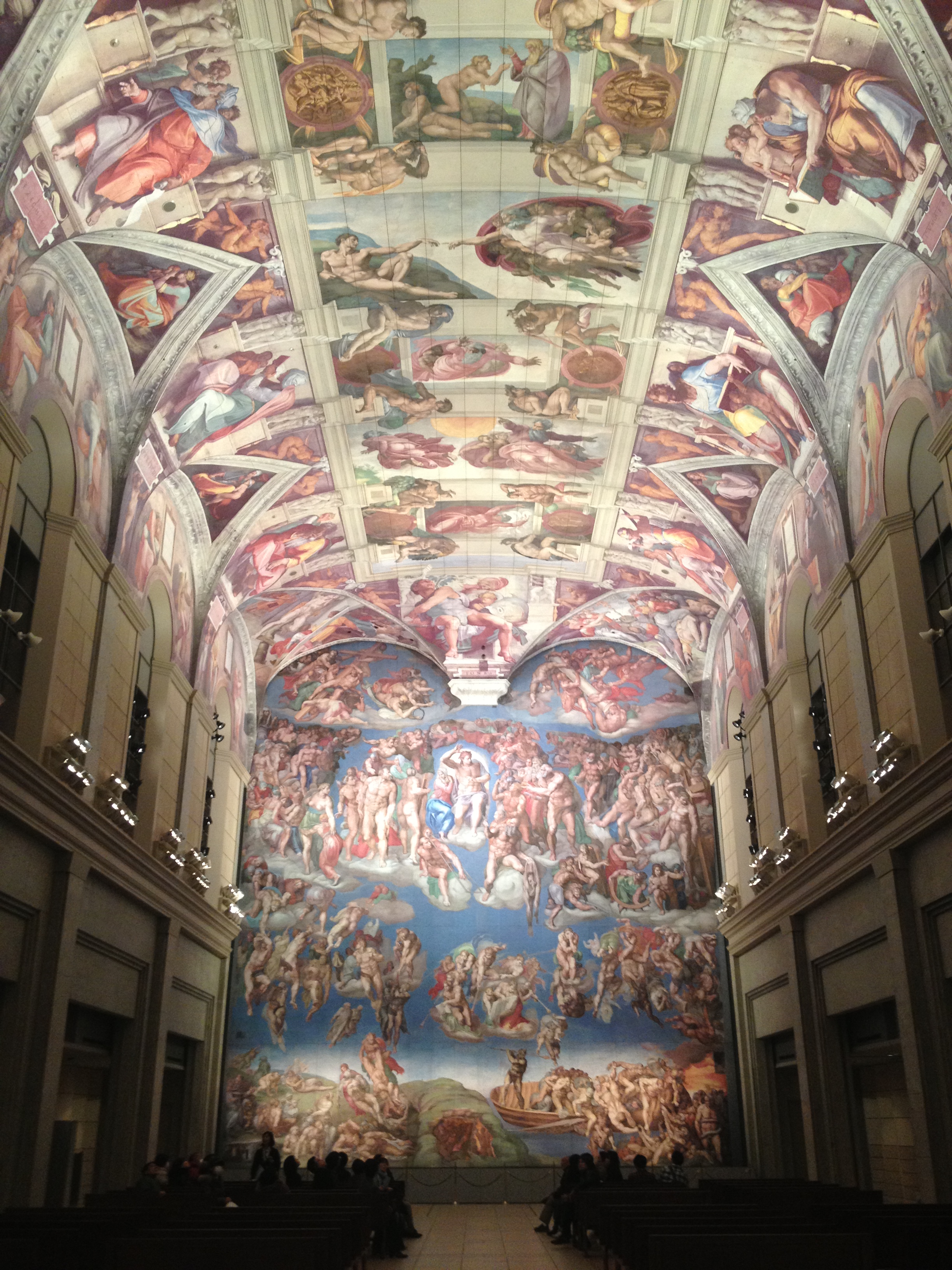
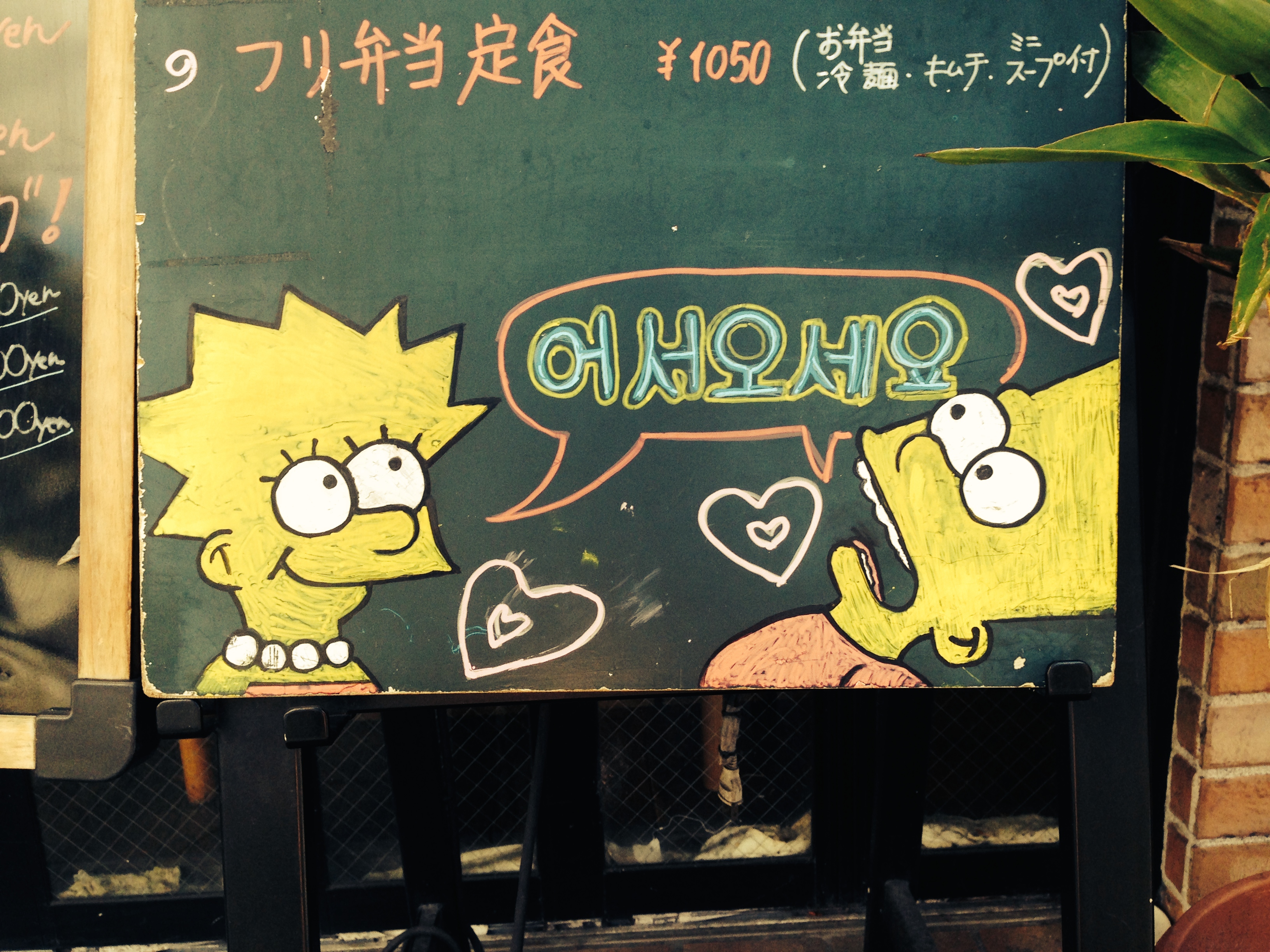

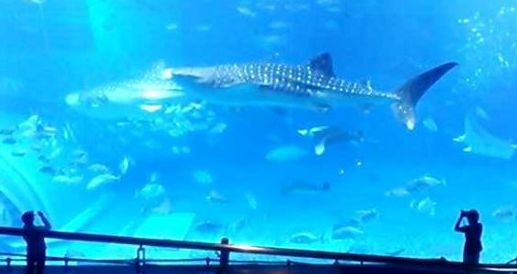
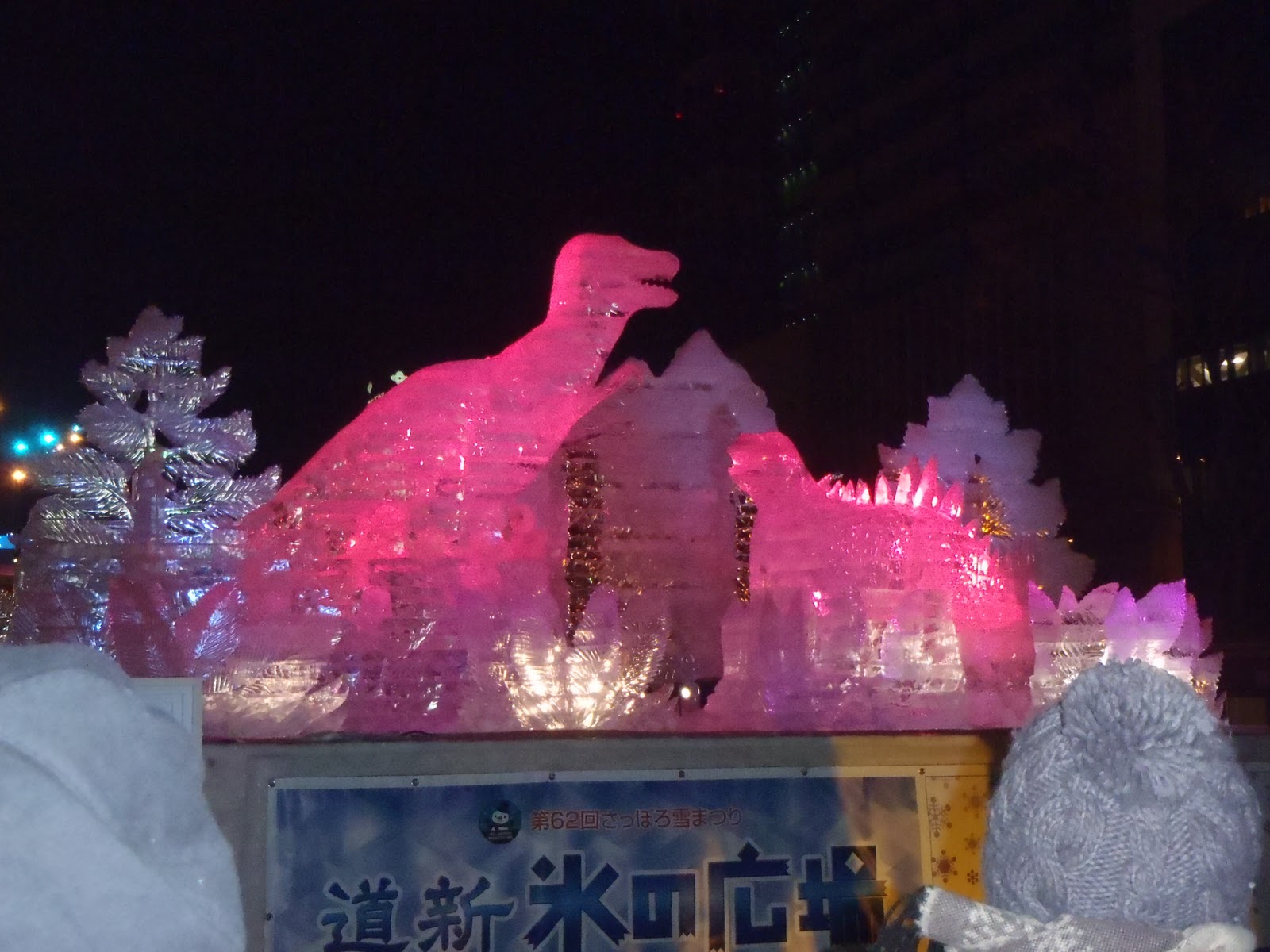
I went to Mt. Koya for the first time last year in early November.
Some autumn colors were already out, but not as bright as in your photos. It was also quite cool and started raining later on.
Yet I really enjoyed the atmosphere there. I will definitely visit again.